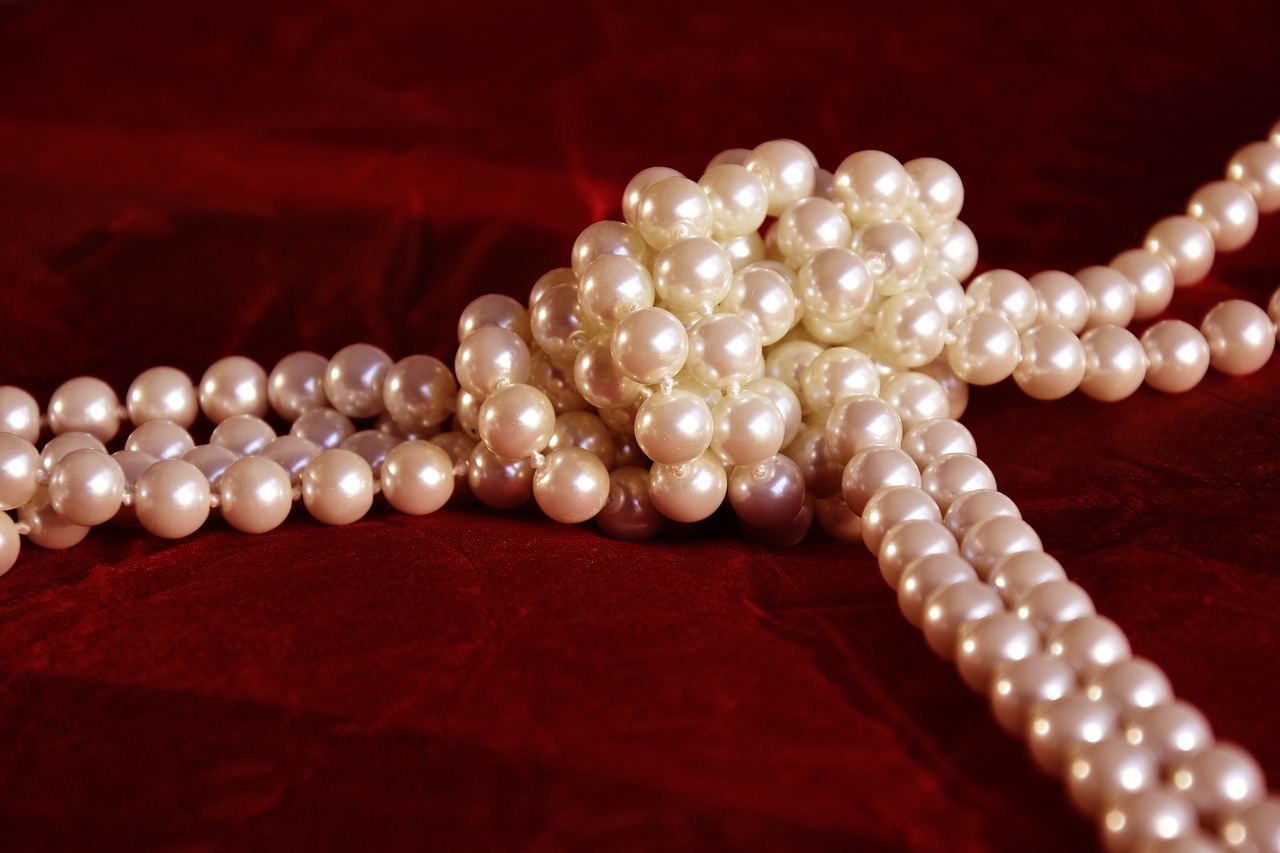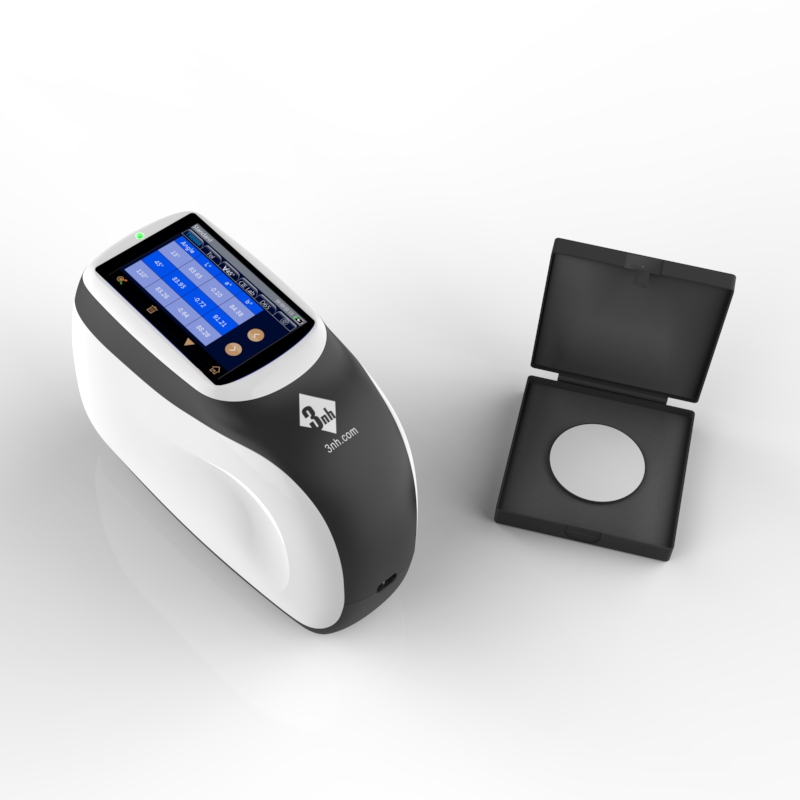What is yellowness? Standards for measuring yellowness
Definition of yellowness
Yellowness is used to describe the degree to which nearly white or colorless samples tend to turn yellow. Yellowing refers to the yellowing of materials under the influence of aging, ultraviolet radiation, chemical reactions, etc. Over time, white or light-colored materials will gradually turn yellow under the influence of light, heat, and chemical oxidation. The level of yellowness directly affects the aesthetics and quality of the material, and even the functionality of some industrial products. Therefore, quantitative analysis of yellowness is particularly important during production and quality control.

The Importance of Yellowness Measurement
Yellowness measurement is critical to the production process and finished product inspection in many industries. In industries such as plastics, paper, paints and coatings, changes in yellowness not only affect the appearance quality of the product, but may also affect the physical properties of the product. For example, in the medical field, yellowness control of medical devices is very strict to ensure that the material does not lose its original performance due to aging. Measuring yellowness allows companies to continuously improve products, extend product life, and meet customer expectations for quality.
ASTM E313
ASTM E313 Measurement Principle
ASTM E313 is an international standard widely used for yellowness index measurement, especially for yellowness index testing of textiles, paper and plastics. This standard obtains the reflectance or transmittance data of the sample through spectrophotometry and combines it with a specific calculation formula to derive the yellowness index. The calculation of ASTM E313 is based on spectral data and is highly sensitive to changes in the yellowness of the sample.
ASTM E313 formula
The calculation of the yellowness index may vary slightly between materials, but is generally expressed as follows (applicable to paper):
YI = 100*(1.2985*X − 1.1335*Z) / Y
These indices are used to indicate the degree to which a material is visually whiter (or yellower). In practical applications, a colorimeter or spectrophotometer can be used to measure the XYZ values, and then substituted into the above formula to calculate the whiteness and yellowness indices. You can also directly select the chromaticity index of yellowness to directly measure the yellowness index result.
Application areas of ASTM E313
ASTM E313 is widely used in the measurement of yellowness of white and light-colored materials, especially in the textile, paper, plastic and other industries. In the textile industry, ASTM E313 is used to detect the color change of fiber materials to ensure that the fabric does not show obvious yellowing during use. In the plastics industry, ASTM E313 helps evaluate the anti-aging performance of plastic products.
ASTM D1925
ASTM D1925 Measurement Principle
The ASTM D1925 standard is a historical standard for measuring the yellowness index of samples, mainly used for yellowness measurement of plastic products. The standard is based on the reflected light of a specific wavelength and calculates the yellowness index through a calculation formula. Although ASTM D1925 has been gradually replaced by ASTM E313, it still has reference value in some traditional application scenarios, especially in samples that are aged or exposed to ultraviolet rays.
Calculation formula of ASTM D1925
For a D65 illuminant and a 2 degree observation angle, the yellowness index formula from ASTM D1925 is:
YI = 100 * (1.28*X − 1.06*Z) / Y
in:
· X , Y , and Z are the tristimulus values in the CIE 1931 colorimetric system. Tristimulus values are reflectance or transmittance data obtained by a measuring device such as a spectrophotometer.
· YI values indicate a more yellow material and are often used to assess the discoloration of a material over time or under aging conditions.
Application of ASTM D1925
ASTM D1925 is commonly used for yellowing tests on plastic products and film materials, especially when studying the weather resistance of materials. For samples that need to simulate long-term use and UV exposure, ASTM D1925 is still an effective measurement method to evaluate the yellowing tendency of materials in harsh environments.
Other commonly used yellowness standards
DIN 6167
DIN 6167 is a commonly used European standard for measuring yellowness, which is suitable for measuring the yellowing of different materials during the aging process. DIN 6167 is mainly used in industrial products such as plastics and fibers, helping companies to strictly control the yellowing degree of products under natural or artificial aging conditions.
ISO 2470
ISO 2470 is used in the paper industry to measure whiteness and yellowness, and mainly evaluates the brightness of paper. ISO 2470 is particularly suitable for paper products such as newsprint and printing paper that need to maintain high brightness to ensure that they do not show obvious yellowing during printing and use.
HunterLab Yellowness Index
HunterLab Yellowness Index is a yellowness measurement standard proposed by HunterLab, an American company. It measures the yellowness index of materials using a colorimeter or spectrophotometer. HunterLab Index is widely used in food packaging, medical materials, architectural coatings and other fields to ensure the color stability and aesthetics of products.
Things to note when measuring yellowness
When measuring yellowness, just select the appropriate measurement method according to the shape and transparency of the sample . It is important to ensure that the selected standards are consistent during testing, including instrument measurement structure, light source viewing angle, reflection and transmission and other measurement conditions.
Opaque samples are measured using reflection . Translucent samples can be measured using either reflection or transmission , but the measurement mode must remain consistent. The reflection measurement data is not comparable to the transmission measurement data. Transparent samples are measured using transmission. When measuring transparent and translucent samples in sheet or film form, the thickness must be unified as required.
3nh yellowness measurement solution
3nh provides a variety of high-performance yellowness measurement instruments, including spectrophotometers and portable colorimeter. Its products have high accuracy, a wide measurement range, and good data stability. 3nh's colorimeter and spectrophotometer can adapt to the needs of different industries and provide enterprises with efficient and reliable yellowness measurement solutions.









 0086 18165740359
0086 18165740359 Skype Online
Skype Online